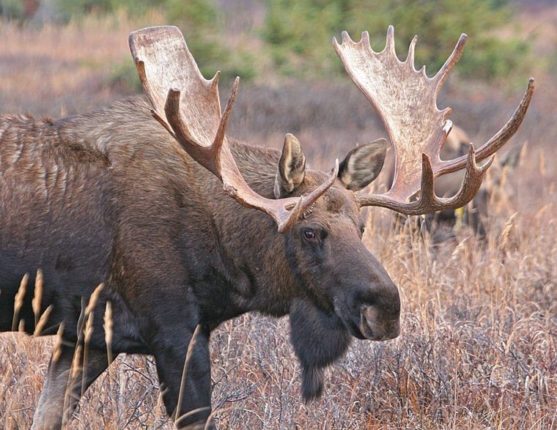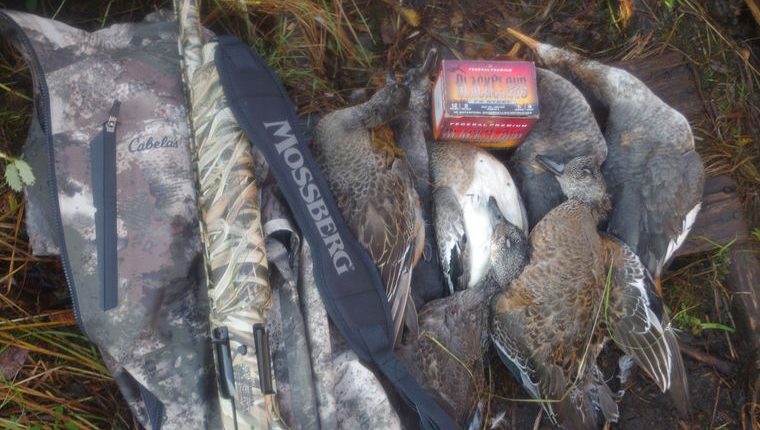Here’s another regional roundup of important information as the month and year draws to a close.
Still Time to Comment on Trophy Species Proposals
Did you miss the trophy species open house at Fish and Game this week? No worries. You can still review the proposals and make comments.
Several season changes are being proposed for moose in the Southeast Region based on field observations and harvest data trends. The proposals include:
- Increase archery-only moose hunting opportunity in Game Management Unit (GMU) 68A. This will include two additional antlered tags and two additional antlerless tags.
- Eliminate antlerless moose tags in Hunt Area 75. Currently, there are five antlerless tags in this hunt area.
- Reduce antlered tags to seven in hunt area 76-3. Currently 10 antlered tags are offered in 76-3, so this represents a reduction of 3 antlered tags.
Public input is important to our season-setting process, so please take the time to provide Fish and Game with your thoughts on the proposed changes. Trophy species proposals for the entire state can be viewed online at idfg.idaho.gov. Comments may also be submitted online or by contacting Regional Wildlife Manager Zach Lockyer or Regional Wildlife Biologist Eric Freeman at 208-232-4703.
Comments will be accepted through Jan. 4.
Mandatory Hunt Reports
As you are getting ready for Christmas, maybe planning your first ski trip and even getting your ice fishing gear ready, just remember you may have some unfinished business left with the recent big game hunting season.
If you purchased tags for deer, elk or pronghorn, you need to file the mandatory hunt report — even if you didn’t harvest and even if you didn’t hunt.
Harvest reports can be submitted online — it is quick and easy. Just go to Fish and Game’s website at idfg.idaho.gov. Select the Hunt Report option shown on the bottom of the home page. Make sure you have your license or tag number handy, and within a couple of minutes you can complete your report.
You can also file your hunt report anytime with a live operator by calling 1-877-268-9365. And, as always, you can call or stop by your local Fish and Game office and we would be happy to enter your report for you.
Anytime you harvest a bear, mountain lion, moose or wolf be sure to follow all rules for mandatory check-in. Requirements differ for species, so please refer to Fish and Game’s regulations or give the regional Fish and Game office in Pocatello a call at 208-232-4703.
The information you submit helps Fish and Game better understand the numbers and types of big game animals harvested in the field, and is an important part of the wildlife management process.
Still Hunting for that Perfect Holiday Gift?
Christmas is getting close. Is your shopping done? Need some gift ideas?
Shop with us at the Fish and Game office in Pocatello where you can purchase gift certificates for your favorite hunter, angler or trapper to use on tags, licenses and permits. Just remember they must be redeemed at a Fish and Game office. The Pocatello office also sells birding guides, wildlife watching guides and Edson Fichter art prints for that outdoor enthusiast on your list.
Jennifer Jackson is the regional conservation educator for the Idaho Department of Fish and Game, southeast region.



